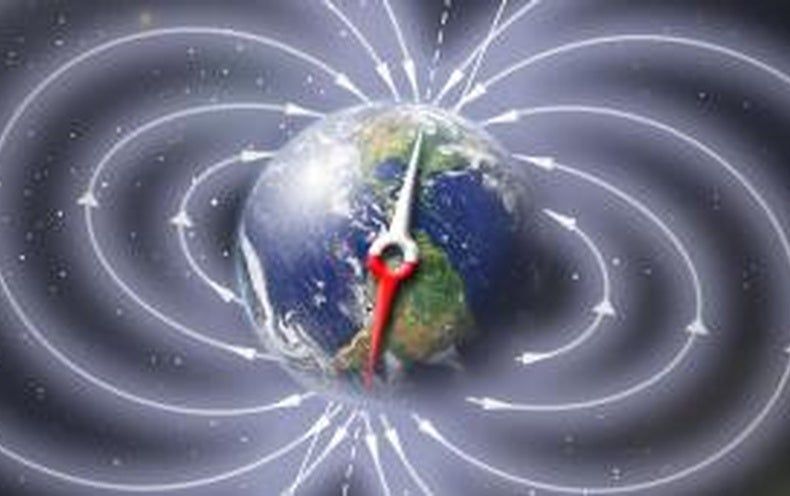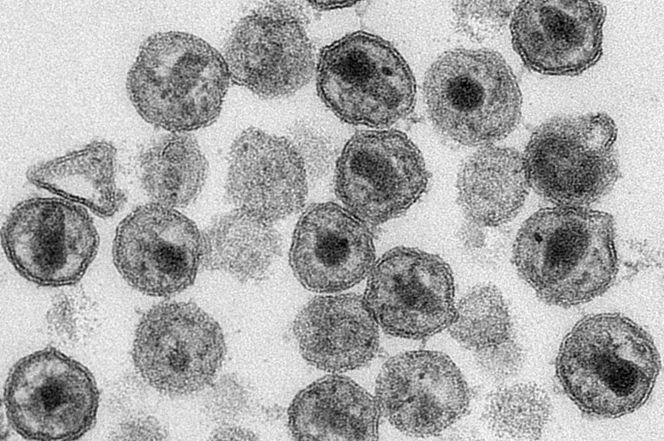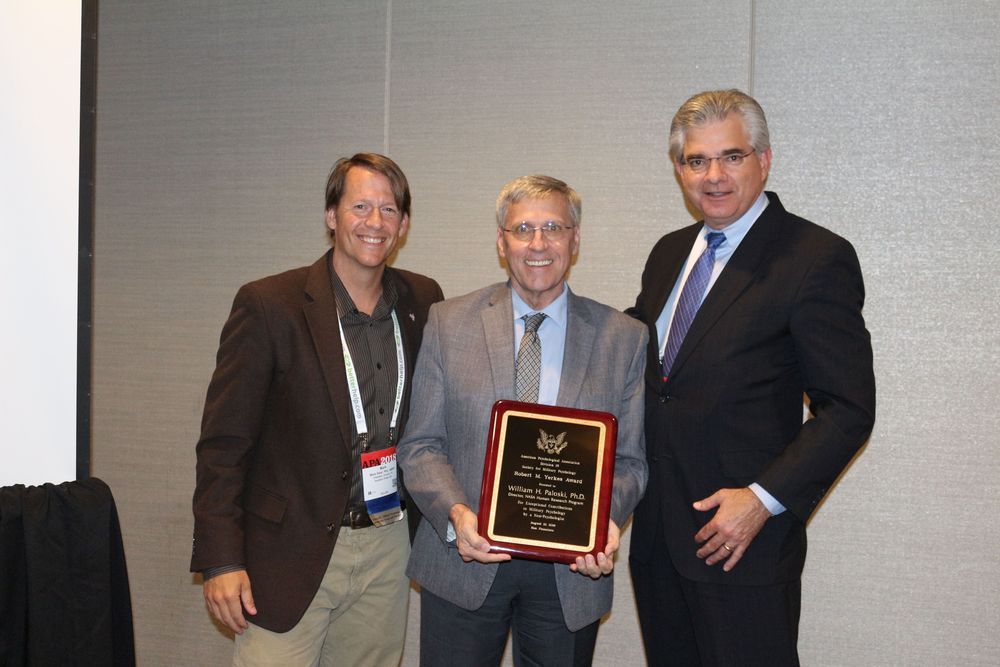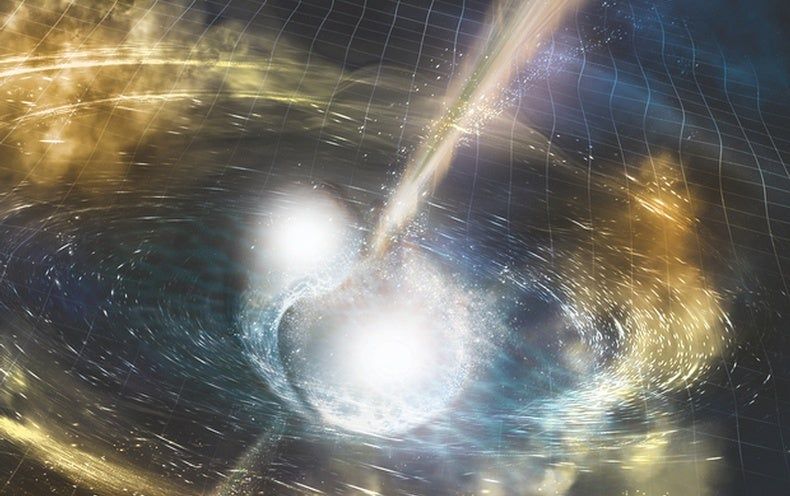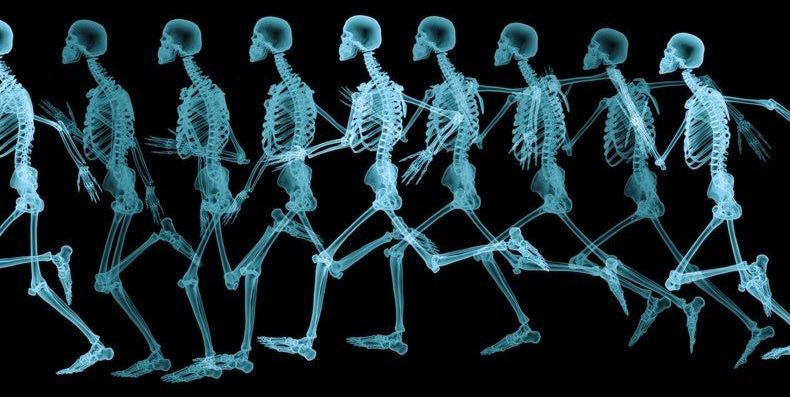Sep 12, 2019
Earth’s Magnetic Field Initiated a Pole Flip Many Millennia before the Switch
Posted by Quinn Sena in category: futurism
Lava flow records and sedimentary and Antarctic ice core data show evidence of planetary magnetic field activity 20,000 years before the beginning of the last pole reversal.
Earth’s magnetic field—which creates our planet’s north and south pole—is far from fixed. In fact, the field is quite active; sometimes it weakens, and even reverses, causing Earth’s polarity to switch. These periods of instability don’t happen very often, though—only about every 100,000 to million years. That’s part of why this phenomenon has largely remained a mystery for scientists. However, a recent study may help researchers better understand how long and how complicated Earth’s magnetic field reversals really are.
